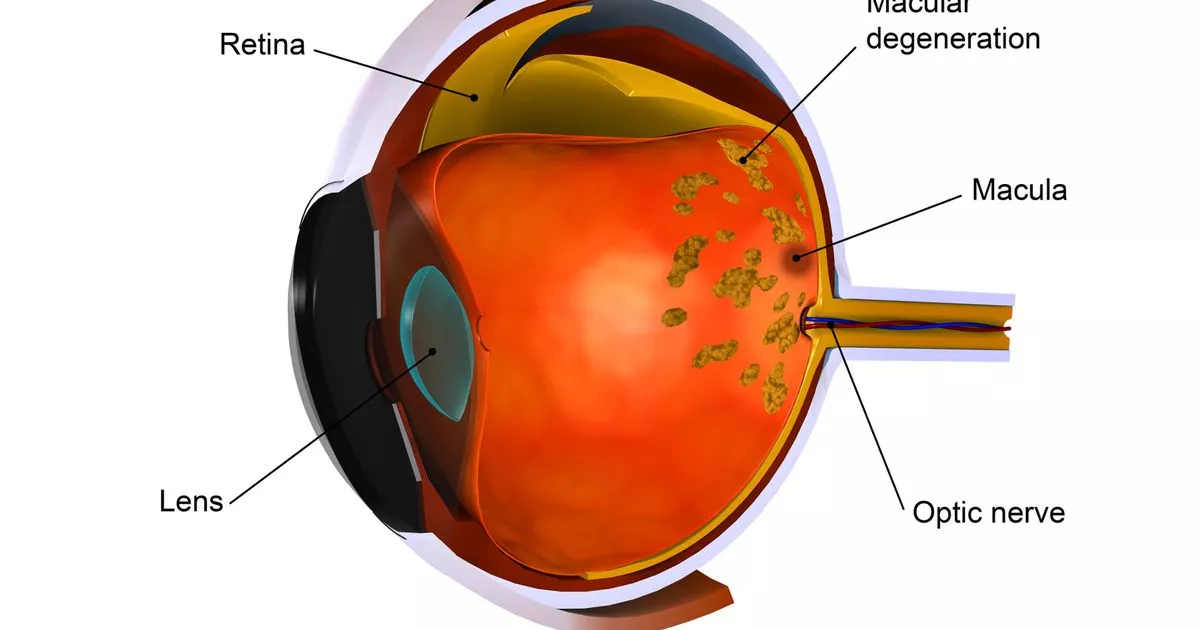Worldwide, approximately 200 million people suffer from age-related macular degeneration and this number is expected to rise to 288 million by 2040 as the population ages.
The leading cause of vision loss in the elderly is age-related macular degeneration.
Worldwide, about 200 million people suffer from this disease, which affects the central vision of the eye. This number is expected to rise to 288 million by 2040 due to the aging of the population.
There are currently no effective treatments, but a study led by researchers at University College London may provide an answer. People with AMD often start out with blurred vision, or a black spot in their central vision, which can progress to the point where there is no usable central vision left.
The exact cause is complex and is thought to be a combination of aging, genetics, environment, and lifestyle factors such as diet, weight, exercise, smoking, and alcohol consumption. The risk of developing it increases significantly with age and it mainly affects people over the age of 50, making tasks such as reading and driving difficult.
But the study, from an international team based in the UK, US, Germany and Australia, has found that increasing levels of a key immune-regulating protein called IRAK-M in the cells at the back of the eye can help protect against this protein. The protein is crucial for protecting a layer of cells essential for maintaining a healthy retina, the retinal pigment epithelium (RPE).
When RPE cells are damaged, it results in serious eye conditions and vision loss. In this AMD study, researchers looked at IRAK-M levels in patient samples and mouse models. They found low levels in mice that were missing a gene: IRAK3.
This gene is responsible for ‘turning on’ the production of the IRAK-M protein. What the researchers noticed was that IRAK-M declines with age, and that this decline is more pronounced in people with age-related macular degeneration. The team then showed that increasing IRAK-M levels helps protect against the effects of aging and oxidative stress, and reduces retinal damage.
Co-lead author, Professor Andrew Dick from the University of Bristol, said their findings suggest that boosting IRAK-M “could be a potential treatment strategy for AMD and could provide an exciting new therapeutic target for this common condition for which effective therapies remain elusive”.
This breakthrough could lead to new and more effective AMD treatments. Scientists want to further develop their therapies through a new spin-off company from the University of Bristol, called Cirrus Therapeutics.
It is wonderful to see that universities are benefiting financially from their brilliant discoveries.
